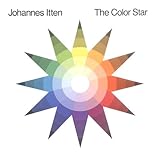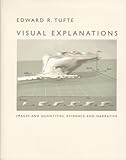Wikipedia says: Information Design is the art and science of preparing information so that it can be used by human beings with efficiency and effectiveness. It goes on: the term has come to be used specifically for graphic design that has the purpose of displaying information effectively, rather than just attractively, or for the purpose of self expression by the designer as artist.
Action-Oriented Information Design drives actions, such as care of a stroke or MI. It aims to decrease error, to remind us to do those things that we know to do but might forget, and to improve our compliance with established guidelines, while not forcing us into rigid protocols. Action-oriented information design also encapsulates domain expertise to teach us better ways to perform our tasks. Those who write standing orders for a hospital, know it or not, are practicing action-oriented information design.
Information design evolved long before computers or the Internet, focusing on the printed page and graphic design. The following topics constitute a basic study guide for information design practitioners or critics:
- the layout of type on a page or a computer screen, discussed in Bringhurst’s The Elements of Typographic Style

- graphic design; a computer-oriented discussion is in the book Designing Visual Interfaces: Communication Oriented Techniques

- the science and art of color, accessible in Itten’s books



- the art and science of presenting data comprehensibly, profoundly expressed by Yale’s Edward Tufte





- forms design: organizations with deep pockets and much money at risk (national tax agencies, insurance companies) have funded research that has saved billions of dollars in improved usability, and these usability pearls are found in Barnett’s Forms for People: Designing Forms That People Can Use
- the presentation of dynamic data, discussed in Few’s Information Dashboard Design: The Effective Visual Communication of Data

Read these books, and you’ll have a good grasp of information design. And if you don’t have the time or money to read them all, then keep tuned to this blog, and you’ll find a shorter education on information design as applied to the medical error and medical computer systems.
Tags: Color, Dashboard, Edward Tufte, Form Design, Forms Design, Forms for People, Graphic Design, Information Dashboard Design, Information Design, Robert Barnett, Robert Bringhurst, The Elements of Typography, Typography
